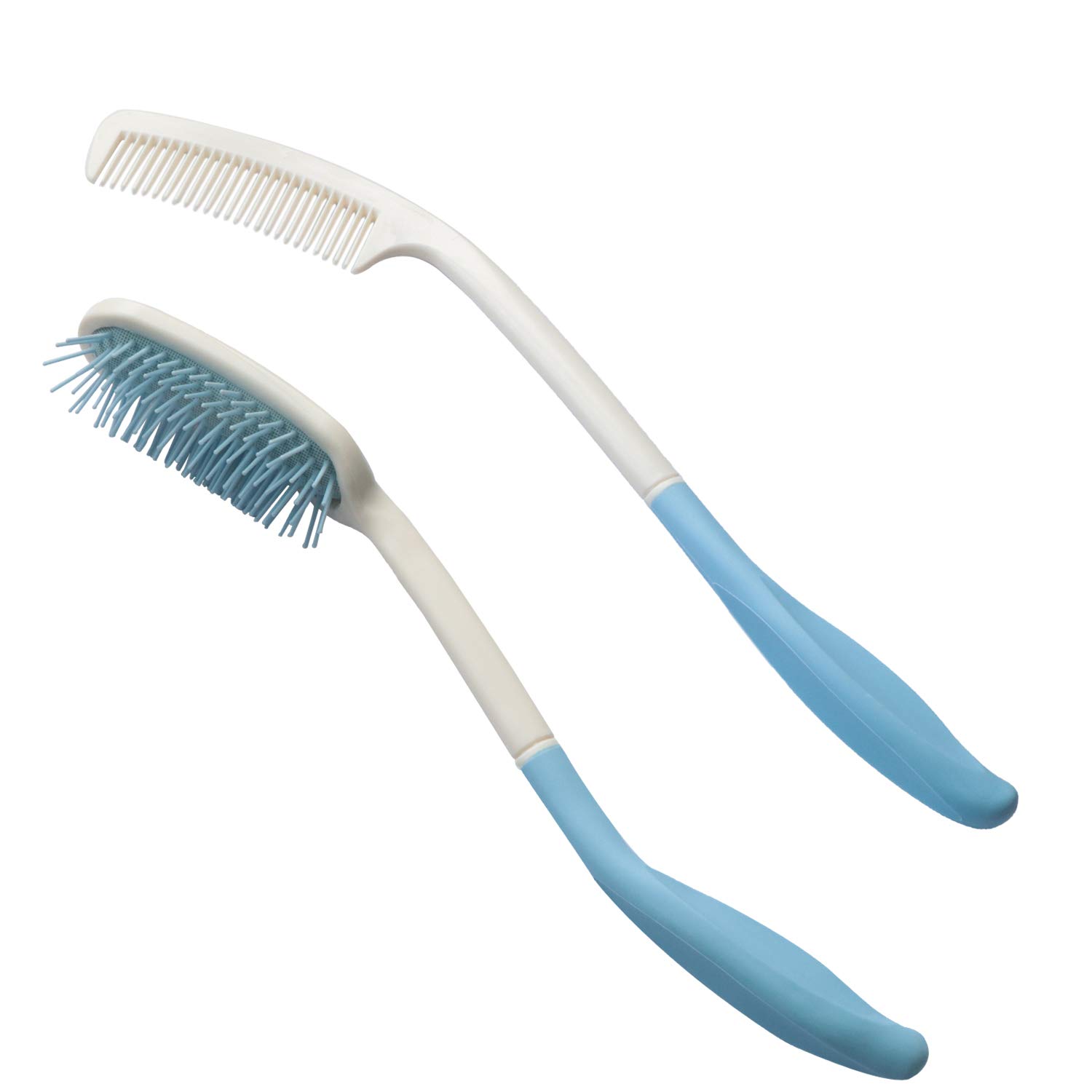Maintaining a garden or yard can be a source of pride and joy, but for elderly users, the physical demands can become a challenge. Using a traditional brush cutter or string trimmer can be strenuous, even dangerous. Thankfully, there are many excellent outdoor brushes designed specifically with ease of use and safety in mind, making yard work accessible and enjoyable for seniors.
Why Choosing the Right Outdoor Brush is Crucial for Elderly Users
The right outdoor brush can significantly improve the quality of life for elderly individuals who wish to maintain their outdoor spaces. A heavy, poorly designed tool can lead to strain, injury, and frustration. Conversely, an ergonomic and powerful yet easy-to-handle brush can empower seniors to maintain their independence and enjoy the rewards of their gardening efforts. This guide focuses on helping you choose a tool that is both effective and gentle on the body.
Understanding Torque: The Unsung Hero of Easy Operation

When choosing an outdoor brush, torque is often overlooked, but it’s a critical factor, particularly for elderly users. Torque is the rotational force an engine produces. Higher torque means the brush will be less likely to stall when encountering thick brush or stubborn weeds. This translates to less physical strain on the user, as they won’t have to fight the machine to get the job done. A brush with ample torque will effortlessly cut through tough vegetation, requiring minimal effort from the operator.
Engine Options: Gas vs. Electric

Two main engine types dominate the outdoor brush market: gas and electric. Each has advantages and disadvantages, making the choice personal based on individual needs and capabilities:
Gas-Powered Brushes
Gas-powered brushes generally offer more power and torque, making them ideal for tackling larger, overgrown areas. However, they require more maintenance (gas, oil changes), and the fumes can be unpleasant. The weight and vibration can also pose challenges for some elderly users. Look for models with features like anti-vibration technology to mitigate these issues.
Electric Brushes (Corded and Cordless)
Electric brushes are generally lighter and quieter than gas-powered alternatives. Corded electric brushes provide consistent power but limit mobility due to the cord. Cordless brushes offer freedom of movement but have limited runtime on a single charge and may require longer charging times. Consider the size of your yard when choosing between corded and cordless options. Lightweight, cordless models are often best suited for smaller areas and are easier on the joints.
Torque and Towing Specs: What to Look For

While precise torque and towing specs aren’t always prominently advertised for smaller outdoor brushes, the manufacturer’s descriptions usually hint at the power. Look for phrases like “high-torque motor” or “powerful engine.” Consider the size and density of the vegetation you typically encounter. If you have a lot of thick brush, prioritize higher torque. If your yard is relatively clear, a lower-torque model will suffice and will be lighter and easier to handle.
Comparing Top Models: A Detailed Overview
(Note: Specific product names and models would need to be inserted here, with links to retailers where possible. This section would require research on currently available models and their specifications.)
For example, one could compare a lightweight, cordless electric brush from brand A with an anti-vibration gas-powered model from brand B. The comparison should highlight features like weight, torque, engine type, runtime (for cordless), ease of starting, safety features, and price. This would allow for a direct comparison, emphasizing which brush best meets the needs of an elderly user.
Practical Advice and Safety Considerations

Beyond the technical specs, several practical considerations are paramount for elderly users:
- Weight and Balance: A lighter brush is crucial to avoid strain and fatigue. Look for models with well-balanced designs to minimize wrist and arm stress.
- Ergonomic Design: Consider features like padded handles, adjustable shafts, and comfortable grip surfaces. These small details significantly impact ease of use.
- Safety Features: Look for brushes with safety switches, blade guards, and clear instructions. Consider models with a slower cutting speed, especially for users with dexterity issues.
- Ease of Starting: Some brushes have easier start mechanisms than others. Electric models are generally easier to start than gas-powered ones.
- Maintenance: Consider the maintenance requirements of each model. Electric brushes generally require less maintenance than gas-powered brushes.
- Professional Assistance: Don’t hesitate to seek professional advice from a gardening expert or equipment retailer. They can offer tailored recommendations based on your specific needs and physical capabilities.
Choosing the right outdoor brush is a vital decision for elderly users seeking to maintain their independence and enjoy their gardens. By carefully considering factors like torque, engine type, weight, ergonomics, and safety features, seniors can select a tool that makes yard work manageable, safe, and enjoyable. Remember to prioritize ease of use and consider seeking professional advice to ensure you make the best choice for your individual needs.